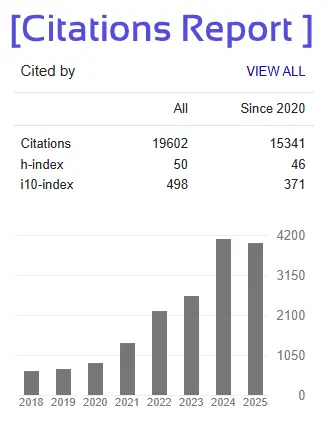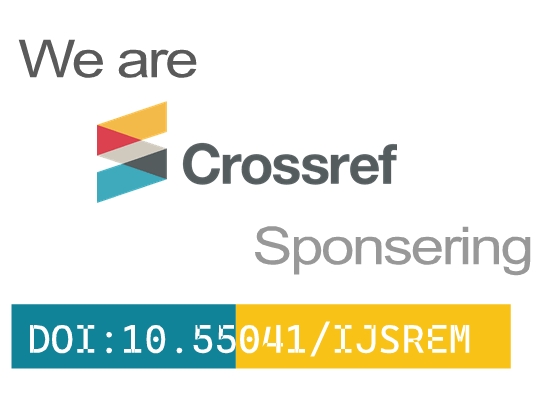- Version
- Download 35
- File Size 532.49 KB
- File Count 1
- Create Date 13/09/2025
- Last Updated 13/09/2025
A Study on Awareness About the Predictive Analysis in Behavioural Finance Among Investors
Ms. Rupali Modak, Dr. Porinita Banerjee, Dr. Purvi Shah, Mr. Harshal Patil
ATSS IICMR Institute Nigdi Pune, Poona Institute of Management sciences and entrepreneurship Camp, Pune,
Indira Institute of Management Tathwade Pune, ATSS IICMR Institute Nigdi Pune
Abstract:
The present research embarks on ascertaining the awareness of the predictive analysis tool in behavioral finance among investors in Pune. The research that is to form the basis of this paper shall be conducted between June-August 2024. A sample size of 400 participants, aged between 18-60 years of age, through a simple random sampling technique, represents every group without bias. The central purpose of the study is to evaluate the level of awareness of the Predictive Analysis Tools among Investors and the ways such tools can assist investors in making informed decisions about investment decisions and strategies toward its risk management.
In nature, the study will be quantitative; thus, structured questionnaires containing questions about various factors like awareness, usage, source of knowledge, perceived importance, and confidence in predictive analysis tools will be used. It also covers the effect of such tools on investment decisions and practices of risk management. Chi-square tests of independence were performed in the data analysis to establish how highly associated awareness with and use of predictive tools is, and t-tests showed the nature of its impact on investment decision-making and risk management strategies.
The findings also reveal a good level of awareness among investors about the predictive analysis tool, as a significant number of participants recognized the importance and admitted feeling confident in using the above-mentioned predictive analysis tool. In the current study, it has also been shown that due to the predictive analytics tool, there is a positive impact on investment decision-making and control of financial risk, because through their help, improvement in the precision of decision-making along with controlling the financial risk was achieved. However, limitations might indicate possible sampling bias and the inability to generalize findings outside the demographic and geographical context.
This implication goes to investors, financial advisors, and policymakers. Increased investor education about the tools will help enhance the decision-making process and, hence, promote more use of the tools in order to hedge against risks. Financial advisors are likely to use this to make a better argument before the clients, while policymakers may take this into consideration in designing investor education programs and financial regulations. Future studies could look at the long-term impact of the predictive analysis tools under different market conditions and models.
Keywords— predictive analysis, behavioral finance, investment decision-making, risk management, investor awareness, quantitative research.







